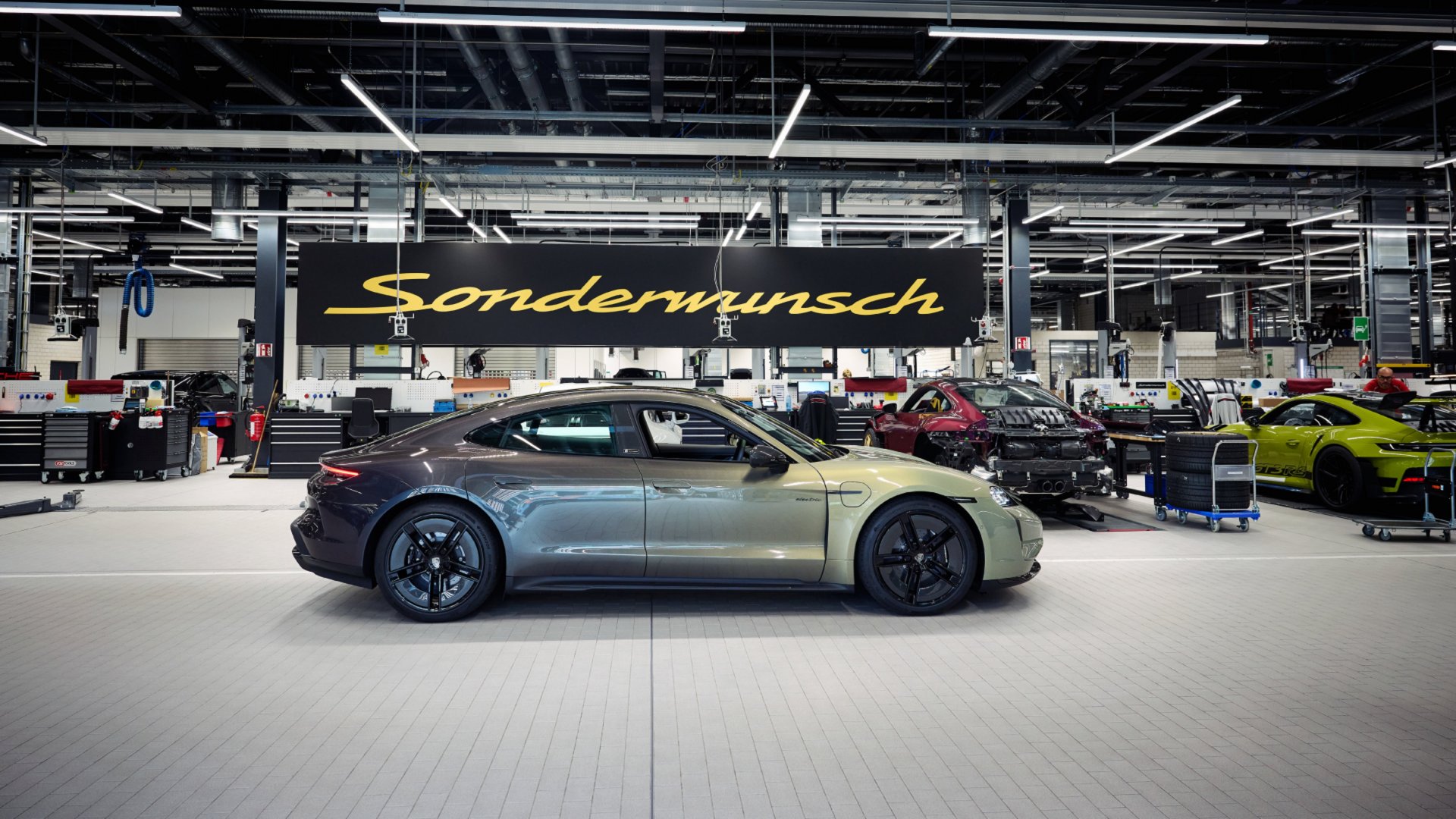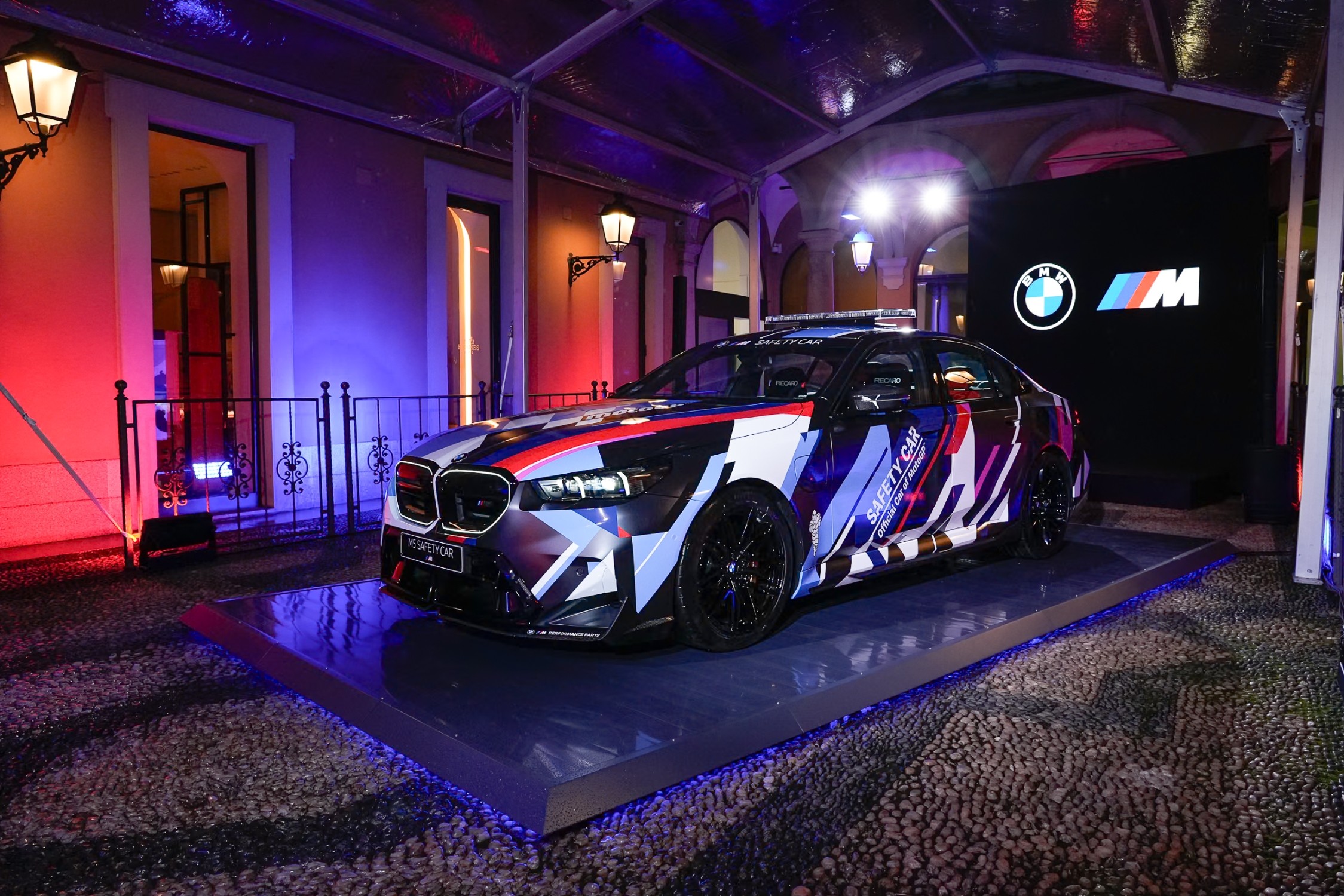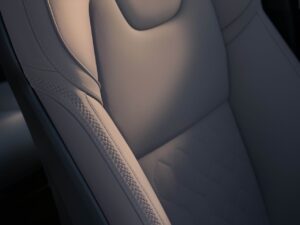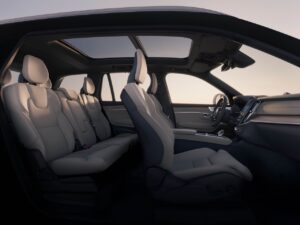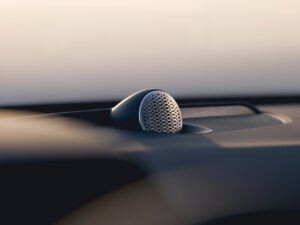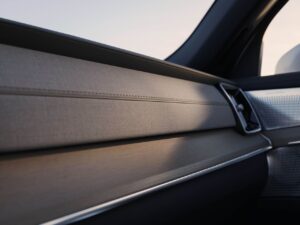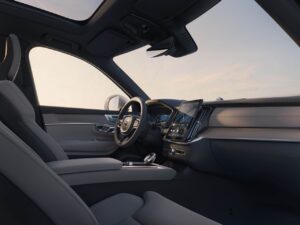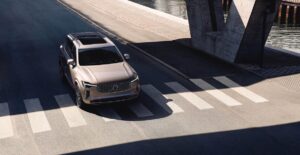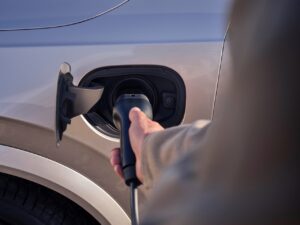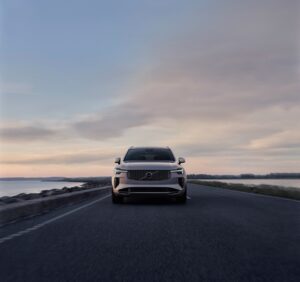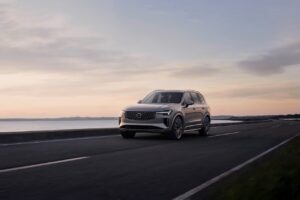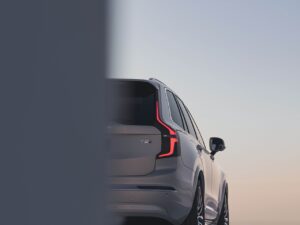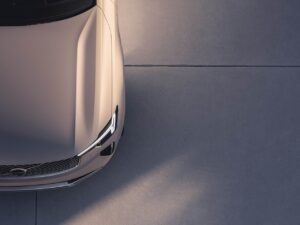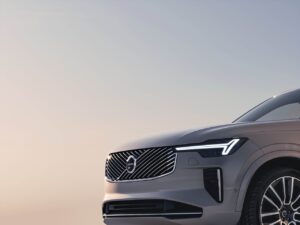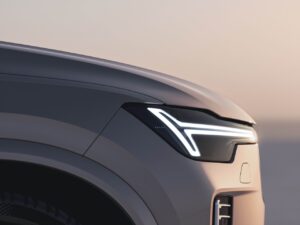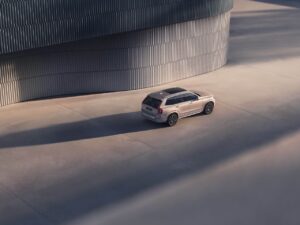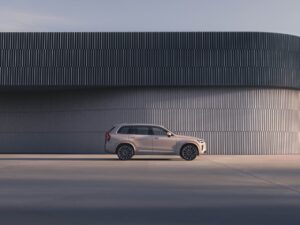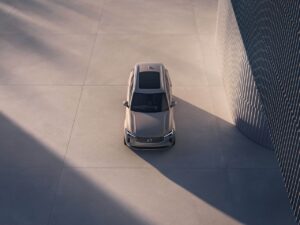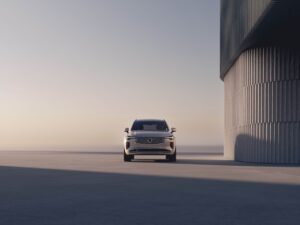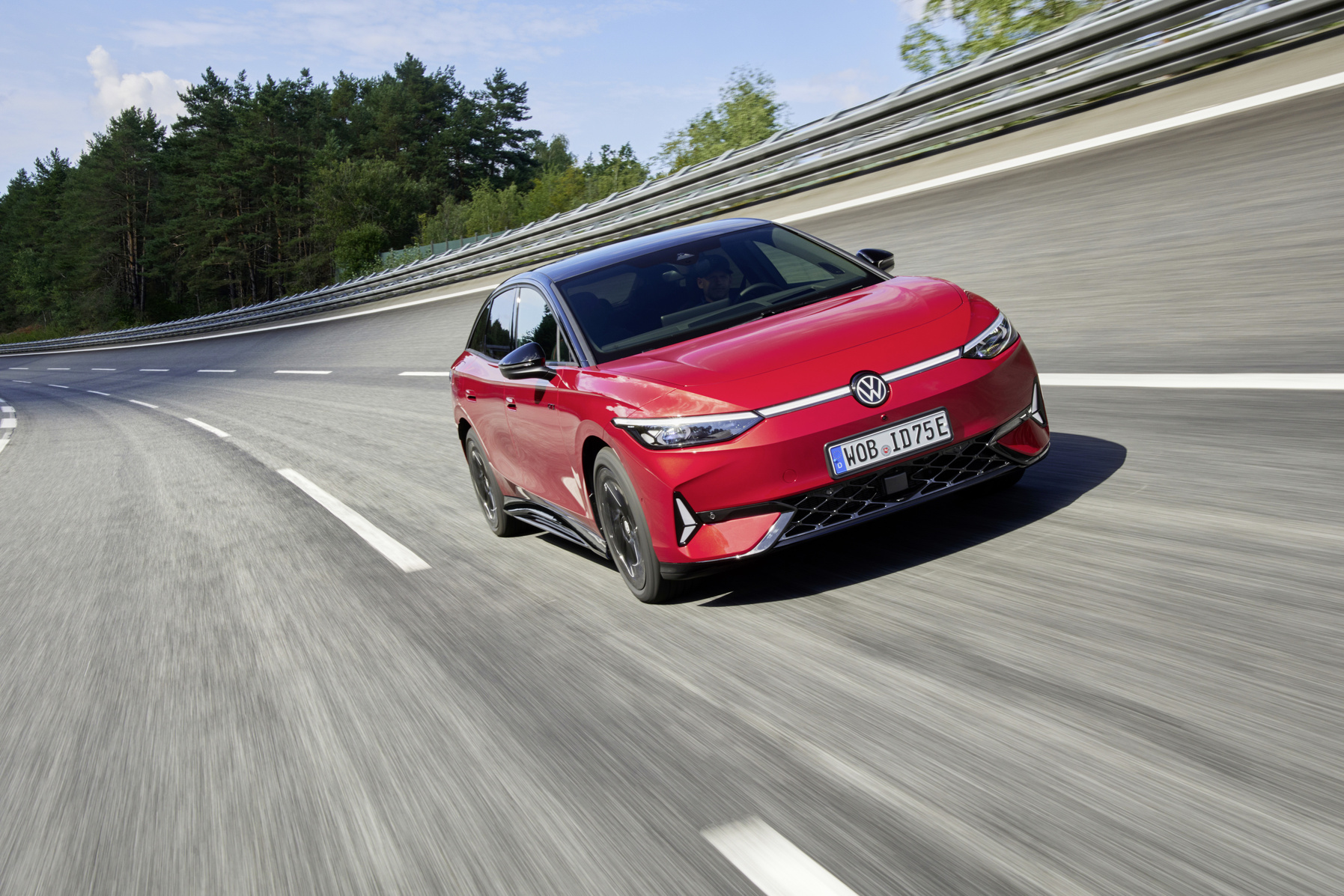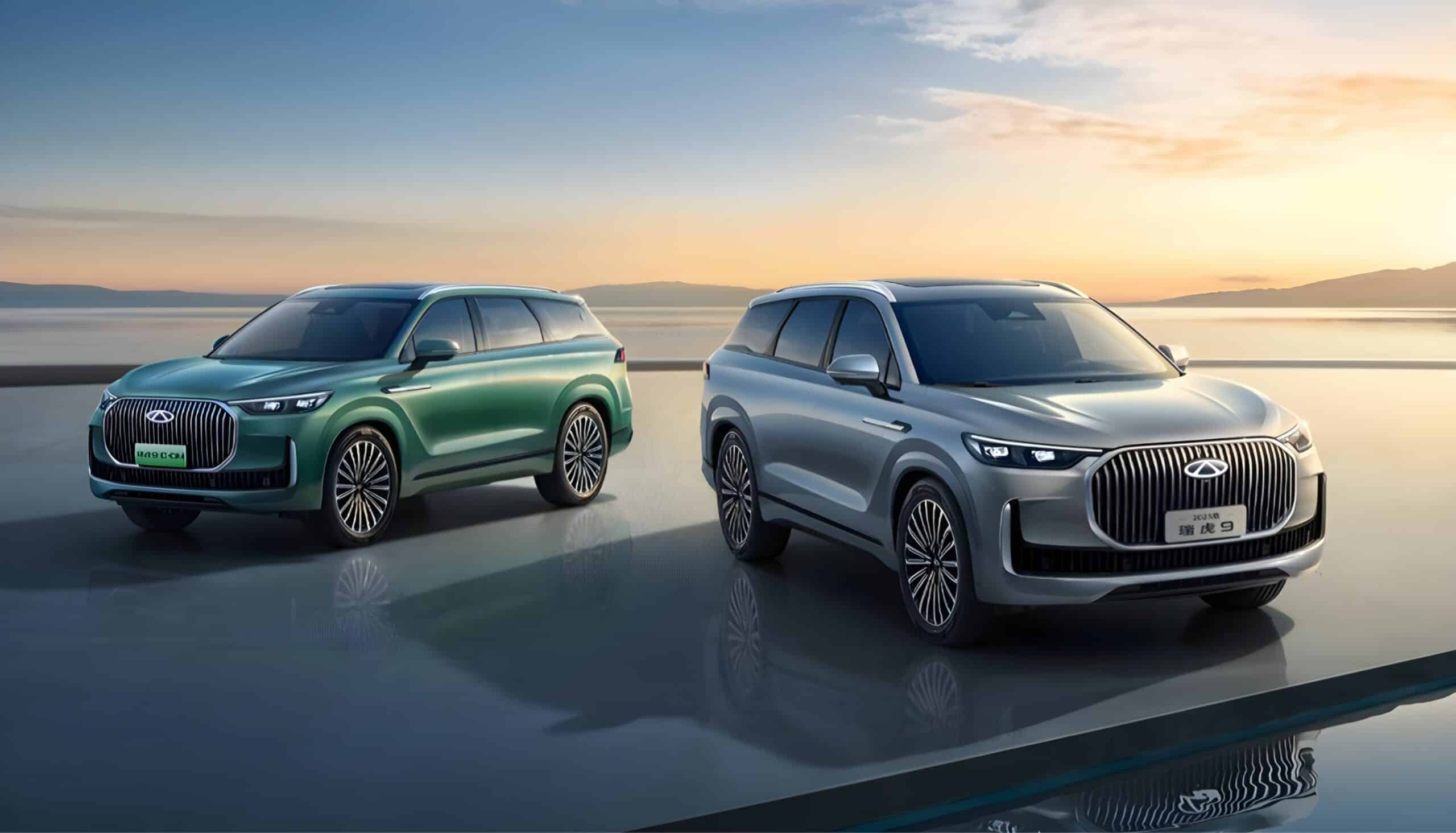The iconic Volvo XC90 is back with significant updates for the 2025 model year, raising the bar on luxury, safety, and electrification. As Volvo’s flagship SUV, the XC90 continues to set standards with its blend of Scandinavian design, cutting-edge technology, and sustainability efforts.
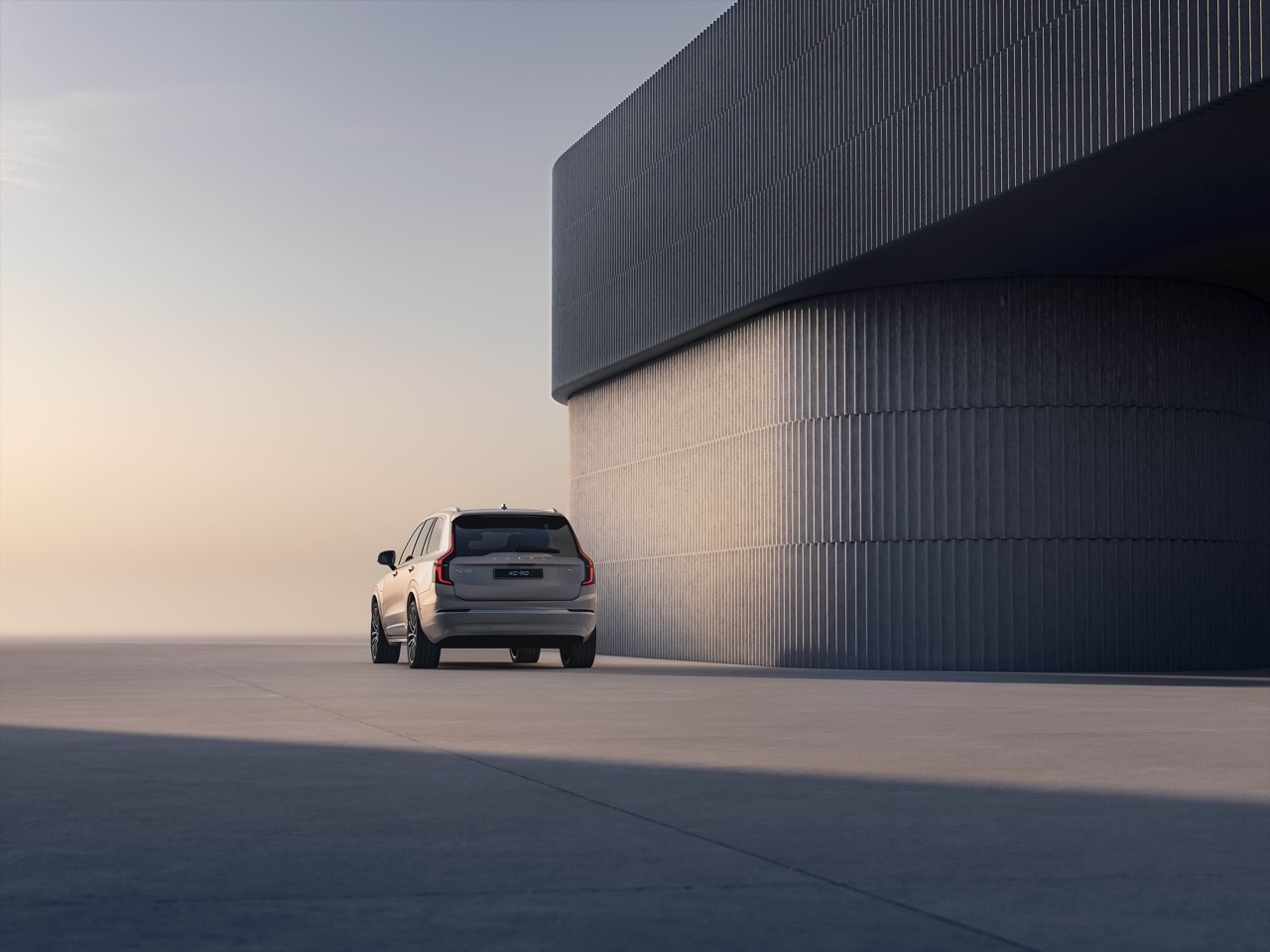
Now featuring a plug-in hybrid powertrain, the 2025 XC90 can travel over 70km on electric power alone, reducing emissions for daily commutes. This makes it possible for many drivers to go about their day with zero tailpipe emissions. For longer trips, the petrol engine kicks in, extending the total range to more than 800km. The XC90’s hybrid versatility ensures power when you need it, whether for city driving or off-road adventures.

The XC90’s refreshed exterior design showcases Volvo’s evolving look, inspired by their latest fully electric models. The SUV’s confident stance and sleek lines reinforce its premium positioning, while inside, the cabin receives a modern update with Scandinavian-inspired materials and design elements.

The interior boasts a larger 11.2-inch central touchscreen with higher resolution, offering enhanced usability and new digital features. This improved display is part of Volvo’s strategy to keep the XC90 at the forefront of in-car technology, with regular over-the-air software updates ensuring the system remains up-to-date.
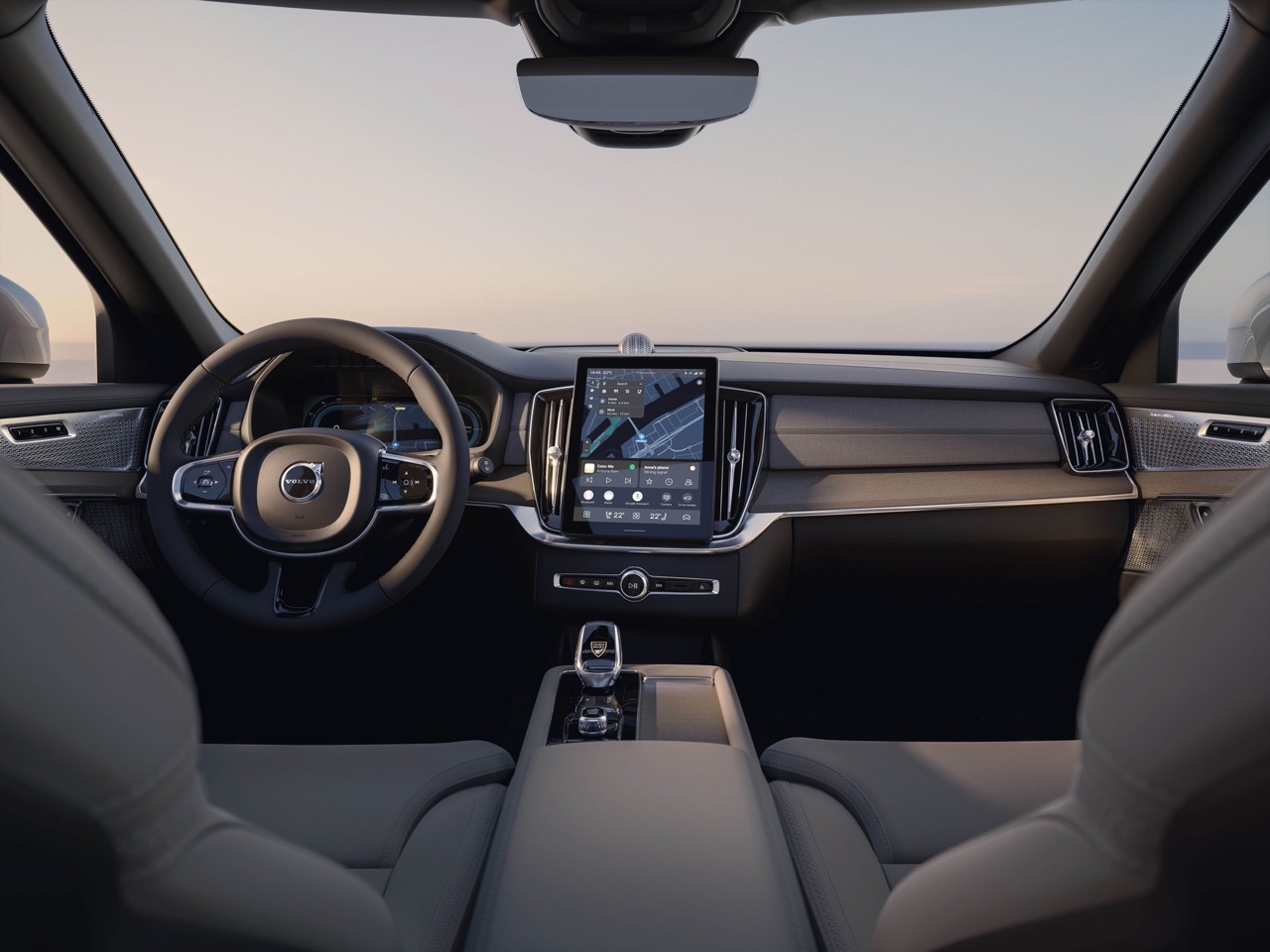
True to its reputation, the XC90 offers a luxurious driving experience, with enhanced seating comfort and adaptive suspension for a smoother ride. For those seeking the ultimate in ride quality, an optional air suspension adjusts the vehicle’s height based on driving conditions, providing maximum comfort and performance both on and off the road.

Volvo’s commitment to safety remains paramount. The XC90 is equipped with a comprehensive suite of active safety features, including systems that can detect and prevent collisions with vehicles, pedestrians, and large animals. Its advanced safety cage and radar technology further enhance the vehicle’s crash avoidance and occupant protection.
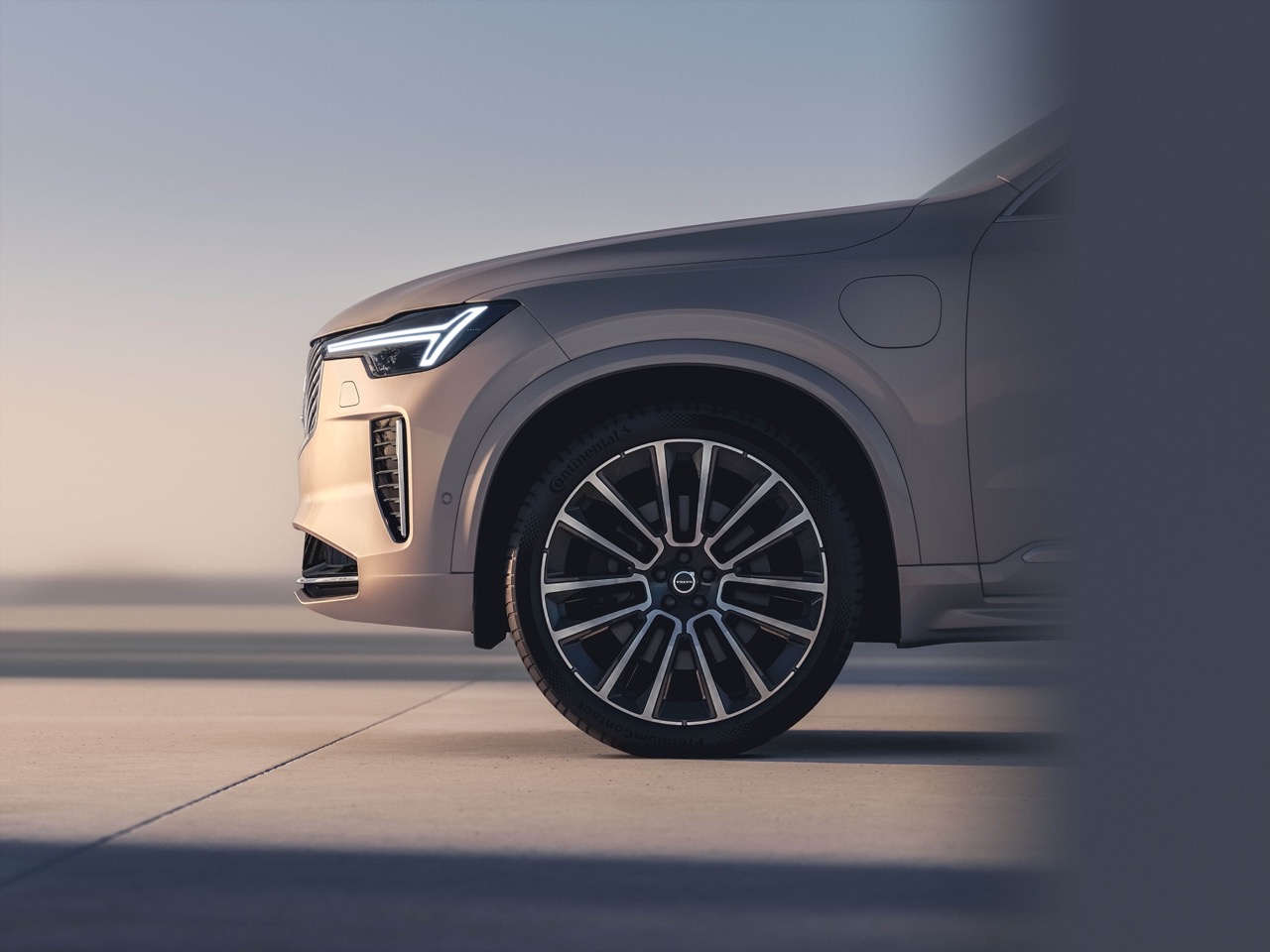
As part of Volvo’s broader strategy, the XC90 remains crucial to the company’s transition to a fully electric future. While the automaker is expanding its fully electric lineup, the plug-in hybrid XC90 T8 is a key player in their global product portfolio, offering an ideal balance of power, sustainability, and practicality.
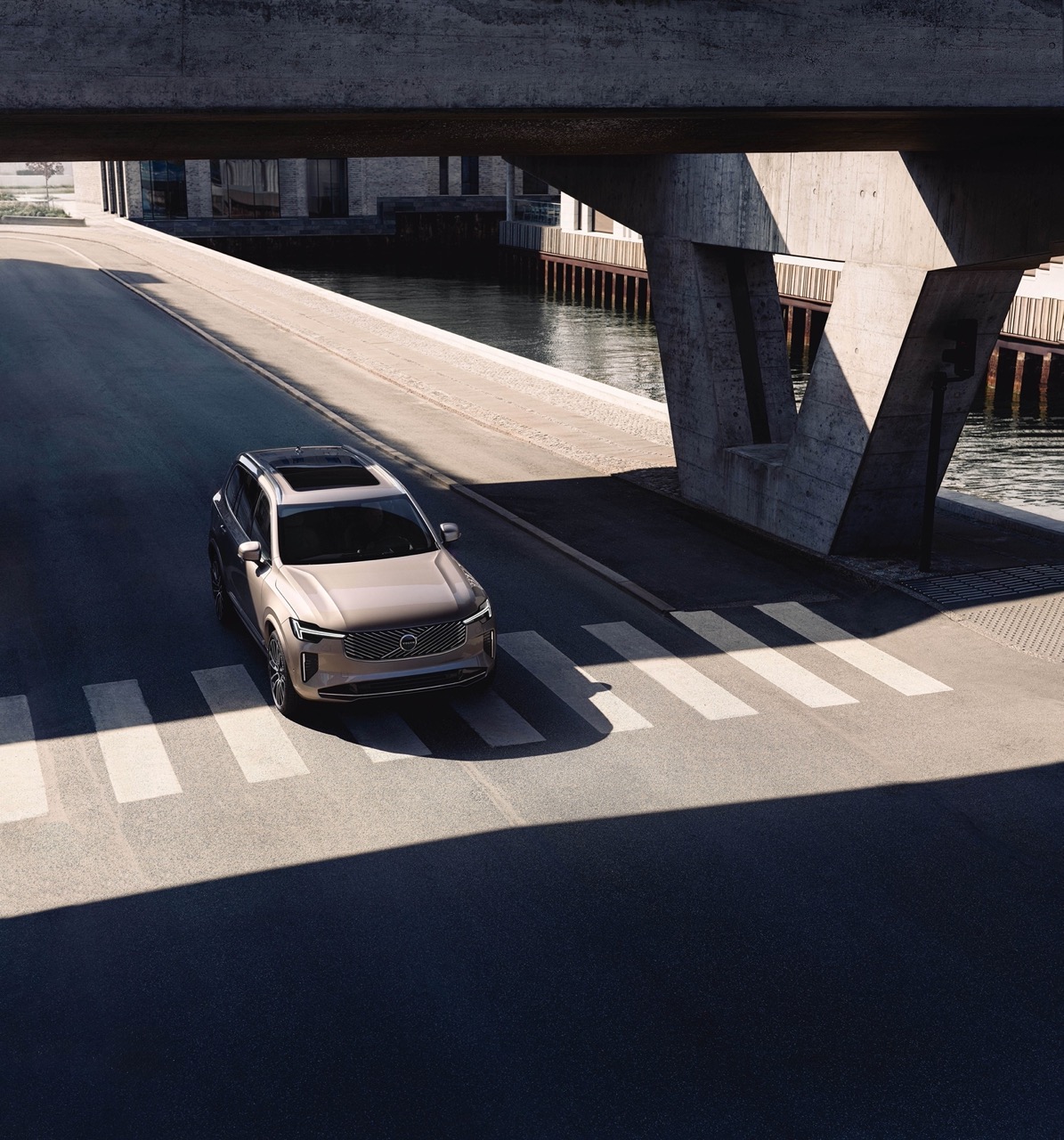
The 2025 Volvo XC90 production is starting in late 2024.








